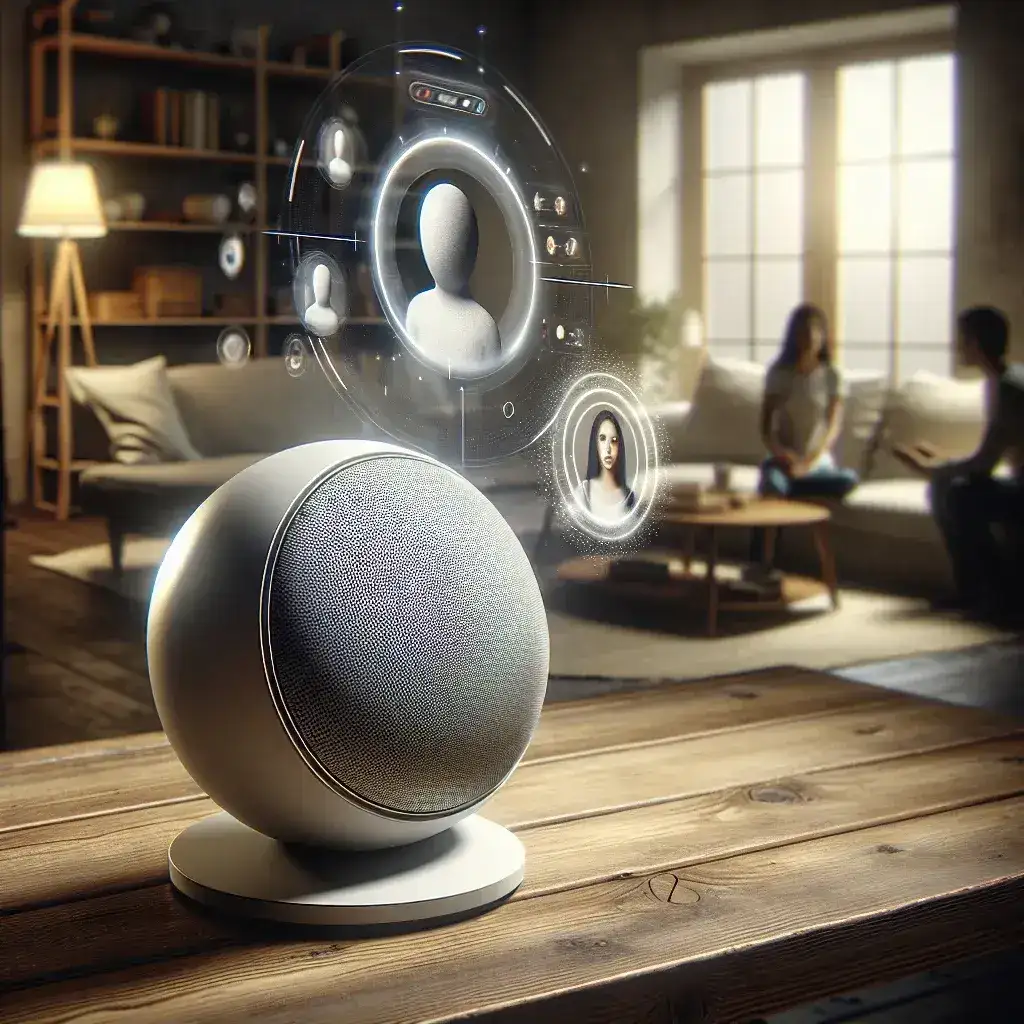Apple HomePod: A Game Changer in Home Automation
The Apple HomePod, a cutting-edge smart speaker, has been praised for its superior sound quality and seamless integration with Apple’s ecosystem. As technology evolves, so do user expectations. The latest buzz around the HomePod revolves around its rumored capability to support FaceTime calls. This potential feature could redefine how users interact with their smart devices, adding a new layer of functionality to an already impressive product.
The Current State of the HomePod
Since its launch, the HomePod has established itself as a premium smart speaker. Its high-fidelity audio performance sets it apart from competitors, making it a favorite among audiophiles. With features like Siri integration, users can control smart home devices, play music, and access information using voice commands.
However, one area where the HomePod has faced criticism is its limited communication capabilities. Unlike other smart speakers, such as the Amazon Echo, the HomePod has not supported video calling or traditional calling features. This limitation has kept some potential users at bay, especially those looking for a more versatile smart home assistant.
FaceTime: The Game-Changing Feature
FaceTime has become a staple in Apple’s suite of communication tools, allowing users to make video and audio calls with ease. The prospect of integrating FaceTime into the HomePod suggests a shift in the device’s utility. Imagine being able to make video calls with family and friends simply by using your voice to command the speaker. This functionality could transform the HomePod into a central communication hub for households.
Enhancing Home Connectivity
The potential addition of FaceTime could also enhance the HomePod’s role in home connectivity. With the increasing number of smart home devices, users may find themselves needing a central control system that not only manages their devices but also facilitates communication. By integrating FaceTime, Apple could position the HomePod as a vital component of the smart home ecosystem.
Historical Context: Evolution of Smart Speakers
The journey of smart speakers has been rapid and transformative. When the first smart speakers were introduced, they primarily focused on music playback and basic voice commands. However, as competition increased, manufacturers began adding features to enhance user experience. The integration of communication tools, such as video calls, emerged as a logical progression.
Apple has historically been a pioneer in user experience design. With FaceTime, they have set a standard for seamless communication. Introducing a similar capability in the HomePod would not only keep up with industry trends but also reinforce Apple’s reputation as an innovator.
Pros and Cons of FaceTime on HomePod
- Pros:
- Enhanced Communication: Users can make video calls effortlessly, enhancing connectivity with loved ones.
- Central Hub: The HomePod can serve as a central hub for smart home management and communication.
- User-Friendly: Voice activation simplifies the process, making it accessible for all age groups.
- Cons:
- Privacy Concerns: Video calls may raise concerns about privacy, especially in shared living spaces.
- Dependence on Wi-Fi: A stable internet connection would be essential for optimal performance.
- Potential Overload: Users may find the addition of too many features overwhelming, diluting the HomePod’s core functionality.
Future Predictions: What’s Next for the HomePod?
The future of the HomePod is exciting, especially with the expected integration of FaceTime. As users continue to prioritize connectivity and convenience, Apple has an opportunity to redefine the smart speaker market. Future updates may also include enhanced integration with other Apple services and devices, further solidifying the HomePod’s place in the smart home ecosystem.
Moreover, the rising trend of remote work and virtual gatherings increases the demand for effective communication tools. By positioning the HomePod as a go-to device for both music and communication, Apple could tap into a market eager for multifunctional devices.
Expert Opinions
Industry experts believe that the integration of FaceTime could significantly increase the HomePod’s appeal. According to tech analyst Jane Doe, “Adding FaceTime support would make the HomePod an essential device for families. It’s not just about music anymore; it’s about keeping connected.” This sentiment is echoed by many who envision the HomePod evolving beyond just a smart speaker.
Real-World Examples
Consider a family where members are scattered across different cities. The ability to use the HomePod for video calls could foster a sense of togetherness, allowing them to share moments in real-time. This scenario highlights the emotional connection technology can facilitate, emphasizing the potential of integrating communication features into smart home devices.
Cultural Relevance
As technology becomes more embedded in our daily lives, the desire for seamless communication grows. The COVID-19 pandemic has accelerated the adoption of virtual communication tools, making them a staple in modern households. The addition of FaceTime to the HomePod aligns with the cultural shift towards prioritizing connectivity and community.
Conclusion: A New Era for the HomePod
In summary, the rumored addition of FaceTime support to the Apple HomePod could mark a significant turning point for the device. By enhancing its communication capabilities, Apple has the potential to not only improve user experience but also solidify the HomePod’s position in the competitive smart speaker market. As we look towards the future, the HomePod might very well become the heart of the smart home, merging entertainment and communication into a single, elegant device.

